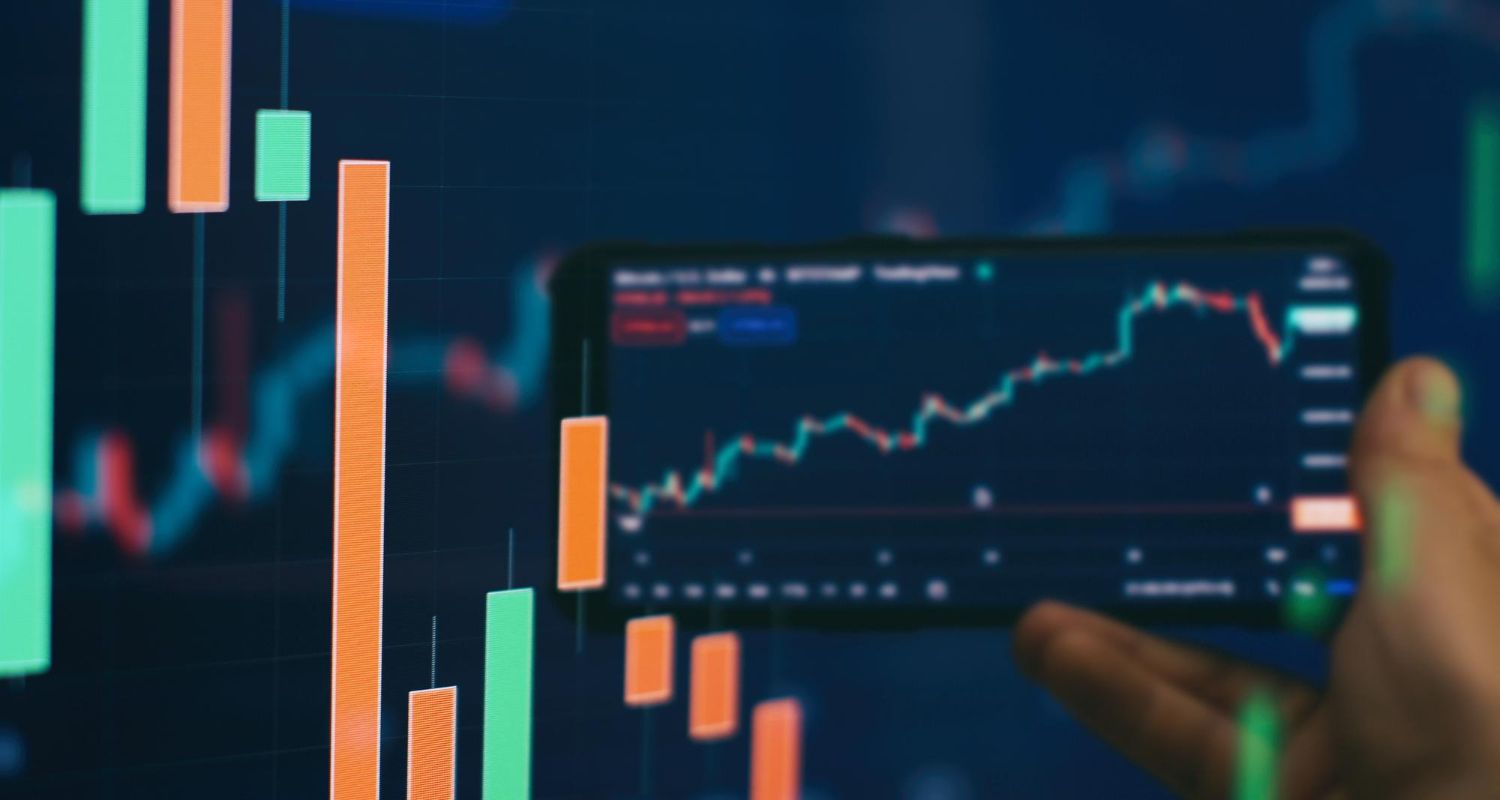How To Maximize Your Profits From Trading Futures Contracts
Indeed, leverage gives you the opportunity to multiply your profits; however, if done wrong, leveraging will do you more harm than good. For example, if you leverage 25X on a $100 trading capital, your profit and loss potential is multiplied by 25.

Given the volatile nature of cryptocurrency and how crypto asset prices could move back and forth rapidly, crypto traders and investors look for alternative ways to profit from the market; more than just buying and hodling, day traders seek to exponentially increase their profits with futures contracts.
Given the potential for increased profits, futures contracts have become very popular, registering billions of dollars in daily trading volume. However, with a potential of increased profits comes an equal but opposite potential of increased losses. Hence, this article will provide some important tips to maintain profitability with minimal risk while trading futures contracts.
What Are Crypto Futures Contracts?
Cryptocurrency futures contracts are a type of crypto derivative that involves "making a bet" on the speculated future movement of a crypto asset without directly purchasing the asset. Hence, instead of buying $100 worth of Bitcoin, you can enter a futures contract to place a $100 bet on whether the price will go up or down. If you "go long," you will make a profit if the price increases, and if you "go short," you'll make a profit if the price reduces.
The major advantage of futures contracts is that they allow traders to make profits in any market direction, even in a bear market; secondly, futures contracts come with a leverage option that allows traders to trade larger positions than their capital allows. For example, with a 5x leverage and a $100 trading capital, you can trade positions worth $500, which isn't possible with simple buy and hodl (spot) trades; hence, with futures and other derivatives, you can easily multiply your profits (and losses).
Hence, to ensure you are on the winning end of the spectrum, here are five future trading secrets you must know.
1. Don't Try To Be A Jack Of All Trades
One mistake many traders make is trying to monitor too many markets; hence, a trader may open up to 10 futures trading positions, thinking that having many open positions can reduce risk, as the profit from one trading pair can neutralize the losses from another. However, in reality, the opposite is the case.
Trying to monitor too many markets will deter you from gaining sufficient information on each market; hence, instead of having a bird in hand, you have two in the bush. As a result, it is usually better to keep your focus to two or a maximum of three markets at a time so that you can effectively analyze and monitor the market, stay on top of the news, and remain abreast of potential trend changes.
On the flip side, getting attached to a single trading pair is not advisable, as you may get emotional and trade based on sentiments of a recognized pattern, which could lead to irredeemable losses.
2. The Stop-Loss Is Your Friend
You cannot always get your analysis right, and even if you do, sudden fundamental changes can tilt the market's direction; hence, you should always set a stop-loss and avoid the temptation to change its position. If your trades hit your stop loss, take a breather, refresh your analysis, and take some time to identify the market's new direction. However, if the majority of your trades hit the stop loss before going in the direction you predicted, then it is important that you learn to time your entry positions better instead of ignoring the use of stop losses. The stop loss exists to protect you in the market; hence, learn to better time your entry positions and never trade without a stop loss.
3. Follow The 80/20 Rule
The 80/20 rule of trading states that you shouldn't use more than 20% of your trading capital in a trade; never go all in. Indeed, 80% of your profits will come from 20% of your trades; hence, going all in is never a good idea.
4. Remember That The Market Always Move In Two Directions
When trading futures, you need to acknowledge that the market will move in both long and short directions; hence, you should be on the lookout for profit opportunities in both long and short directions. Do not allow your mind to only be fixated on upward movements as though you were holding; even in a bull market, pullbacks always occur; hence, you must be willing to see both market movements to maintain profitability.
5. Never Overleverage
Indeed, leverage gives you the opportunity to multiply your profits; however, if done wrong, leveraging will do you more harm than good. For example, if you leverage 25X on a $100 trading capital, your profit and loss potential is multiplied by 25. Hence, a $4 loss in an unleveraged trade would lead you towards liquidation with a 25X leverage; hence, overleveraging your trading account is a bad idea because cryptocurrency is volatile. The rule of thumb is that the smaller your account size, the smaller you should leverage; also, if you can't perfectly time your entry, leverage is your enemy, not your friend.
Final Thoughts
Trading derivatives, especially with leverage, isn't optimal for beginners; hence, it is advisable that you perfect your technical analysis skills to understand how to make perfect entries and exits from trading positions; otherwise, you could blow up your account without making any profits. It is also important to stick to your strategy and not get overzealous and overconfident, which could lead you to abandon your risk management strategy and trade with emotions such as fear and greed; it almost never ends well.
For More Beginner Tips, As Well As, Detailed Guides On Cryptocurrency And Blockchain Technology, Do Well To Visit The CCTIP Blog And Follow Our Social Media Communities: